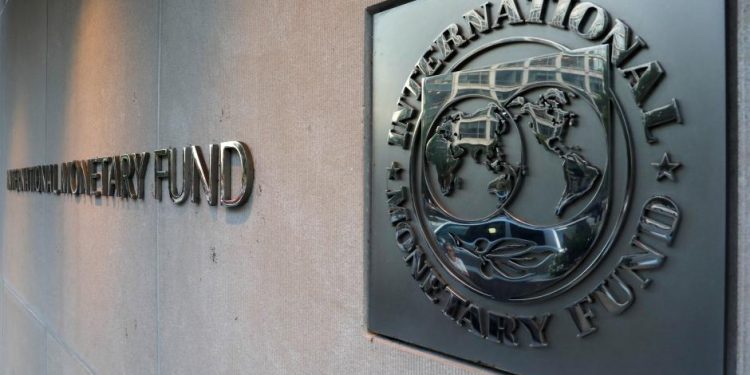International Monetary Fund has ranked sub-Saharan African region among the fastest-growing economies in 2019 like it did in 2018, with an overall economic growth of 3.8 per cent, which is in line with the global forecast of 3.7 per cent.
Leading the pack in the top 10 category is Ethiopia followed by Rwanda, Ghana, Côte d’Ivoire, Senegal, Benin, Kenya, Uganda, and Burkina Faso.
Tanzania is expected to join the group of fastest-growing economies in the region this year to replace Guinea.
Stable rebound of commodity prices, improved global economy and enhanced access to capital market following resolve of regional countries to put their fiscal books in order, coupled with the dip of commodity prices in 2014-15 have been cited as the driving factors for the growth .
Sub-Saharan Africa had a higher potential to grow, but the underwhelming projections from the continent’s largest economies Nigeria and South Africa undermined such prospects. These nations also faced a tough and challenging 2018, and this year they have presidential elections which further dent the region’s growth.
Nigeria will expand by 2.3 per cent in 2019, from its 1.9 per cent in 2018, while South Africa will register an expansion of 1.4 per cent, which is 0.8 per cent improvement from the previous year.
The Washington DC think tank Brookings this year’s Foresight Africa report, notes this kind of growth doesn’t look great up against 2.5 per cent annual population growth.
The continent’s population accounts for about half of the world’s fastest–growing economies, with 20 economies expanding at an average rate of 5 per cent or higher over the next five years, faster than the 3.6 per cent rate for the global economy,” writes Brahima Coulibaly, director of Brookings’ Africa Growth Initiative.
However, the rising debt burden will dent Africa’s potential to grow its economy. With the possibility of global recession in 2020, the commodity prices will slump as demand drops. This worst case scenario will make it hard for several African countries to service their debts, particularly if the interest rates continue to rise.
According to Bookings “at least” 14 countries are either in debt distress or at high risk of debt distress up from six countries just five years earlier. These countries currently have total debt of around $160 billion, of which $90 billion is external debt.
In 2017, the average debt to GDP ratio rose to 57 per cent in some nations and has hit extremes in countries including Cape Verde, Eritrea, Congo Brazzaville and Mozambique where it exceeds 100 per cent of GDP.
The growing debt in the continent is a ticking time bomb that should be a wake-up call for the African policymakers in 2019 to strengthen governance around tax revenue collection to raise funds to service the loans.




